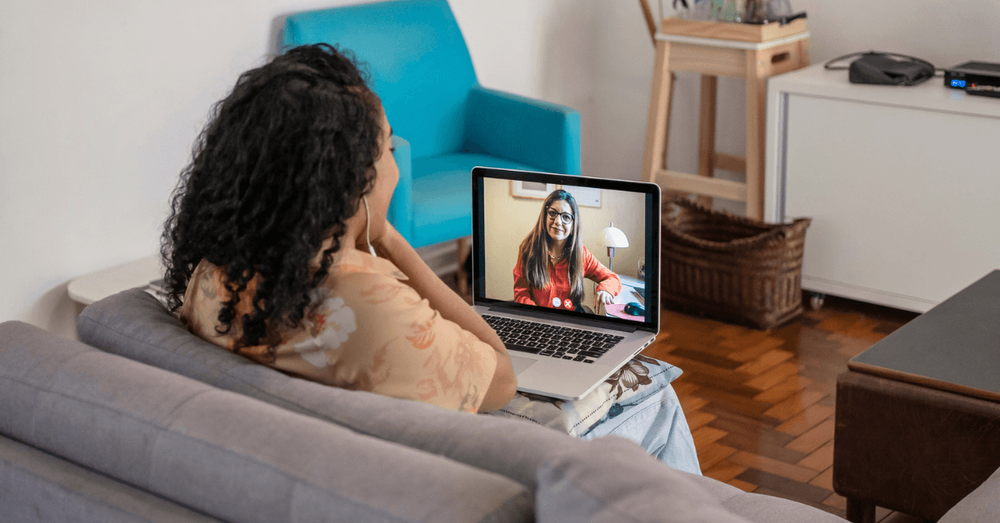The benefits of fusing telehealth and in-person care for Psychiatrists

The rise of telehealth has transformed mental health care, offering flexibility and accessibility to both psychiatrists and their patients. As the world leans more towards digital health solutions, psychiatrists find themselves at a crossroads, balancing the traditional in-person sessions with the burgeoning field of telehealth. Incorporating advice from RANZCP, this article explores how psychiatrists can navigate this new terrain.
The telehealth revolution
Telehealth has rapidly become a staple in mental health care, driven by its convenience and the ability to bridge geographical gaps. Psychiatrists can now offer their services to individuals in remote areas or those with mobility issues who previously had limited access to mental health services.
Telehealth platforms also often come with tools for secure messaging, appointment scheduling, and electronic health records, streamlining administrative tasks and allowing psychiatrists to focus more on patient care.
Telehealth can greatly improve access to psychiatric services for people in rural and remote areas, and in other situations where face-to-face consultations are impracticable. Sourced RANZCP
The in-person advantage
Despite the advantages of telehealth, the essence of psychiatry often lies in the nuanced, personal interactions that occur within the confines of a traditional office setting. Face-to-face consultations offer psychiatrists a direct insight into a patient's non-verbal cues, such as body language and eye contact, which are integral to diagnosing and treating mental health conditions. In light of this, for some patients, the physical presence of a therapist provides a sense of comfort and immediacy that virtual sessions cannot replicate. However, recent studies are suggesting the two ways of consultation can be equally effective.
Looking for a doctor job that matches your career and lifestyle aspirations?
Search jobsA number of studies have demonstrated that telehealth can be as effective as face-to-face consultations in achieving improved health outcomes Sourced RANZCP
Striking a balance
The key lies in flexibility and patient-centric approaches for psychiatrists aiming to integrate both modalities into their practice. This might involve offering telehealth options for initial consultations or follow-up sessions while reserving in-person meetings for more complex cases or treatments that require a physical presence. Ultimately, the balance can be drawn based on the needs of patients, some of whom may favour one mode of delivery over the other.
Navigating challenges
The integration of telehealth into psychiatric practice has its challenges. Psychiatrists must navigate privacy, security, and the limitations of telehealth platforms. The digital divide may also exclude some patients from accessing telehealth services. Ongoing education, investment in secure technology, and policies that promote digital literacy among patients can mitigate these challenges.
Implementing telepsychiatry requires a planned and coordinated approach, but the technical set-up need not be difficult or expensive. Sourced RANZCP
As the medical community continues to evolve, psychiatrists have the unique opportunity to redefine mental health care delivery. By leveraging the strengths of telehealth and in-person consultations, psychiatrists can enhance the accessibility, convenience, and effectiveness of mental health services. The future of Psychiatry lies in its ability to adapt and embrace the complementary nature of these two approaches, ensuring that all patients receive the care they need when needed.
